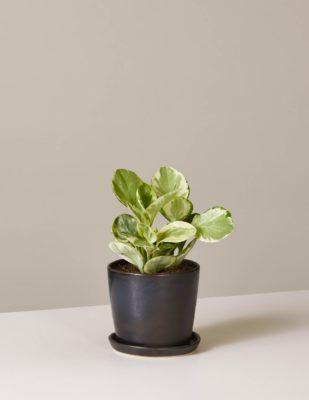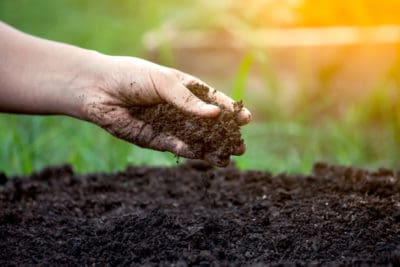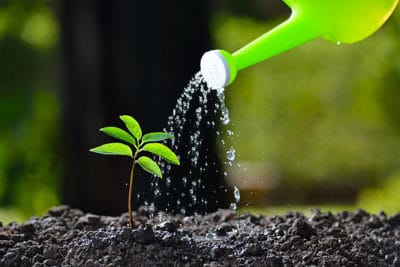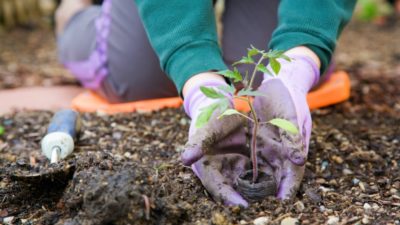
Are you an inspiring plant parent?
That isn’t surprising. There are a lot of benefits to keeping plants in your home. They can clean your air, look great, and can help you with your mood.
It isn’t uncommon for someone to keep houseplants either. Americans spend on average $147 every year on their plants.
But if you are new to taking care of indoor plants, you might not know where to start. Luckily there are several tips you can use to get started.
Keep reading to learn seven things to help you learn how to take care of plants.
1. Learn About the Plant Before You Buy
Before you head to the store and buy everything that you give a second look, take some time to do research on the different types of houseplants.
There are many of them out there, and each of them has unique needs. If you buy a lot of plants without knowing how to take care of them, you’ll end up wasting your money.
If you have any pets, you also need to make sure that they work well with your plants. Some plants are toxic to animals, so you need to find a plant that doesn’t harm your pets.
The next thing to consider is how much care your plants need to thrive. If you don’t have a lot of time, then you shouldn’t buy something that takes a lot of work.
Other plants have specific water schedules. These won’t work well if you have a chaotic schedule and can’t stay on the same schedule daily.
Take a Ficus Lyrata, for example. Many owners find that it dies after a few weeks. Make sure you learn more about what it takes to care for one.
2. Find a Location to Put Your Plant

Once you figure out what kind of plant you will be buying, you need to learn its light requirements. If you have a houseplant that requires a lot of natural light and pot it somewhere without a window, it won’t be able to survive.
You also need to find a place for your plant where the temperature is consistent. Ideally, it should be a temperature that is close to its natural environment.
Are you trying to get a plant to clean your air? You probably want to put your new plant in the rooms you spend the most time in.
This area should give you a good starting point for your placement options.
3. Get the Right Pot
When you are choosing the pot for your new plant, you need to consider how large the roots will grow. They need to have enough to expand, so a small container may not allow your houseplant to develop fully.
On the other hand, you don’t want a pot that’s too big. When your container is too big for your roots, it causes the soil to dry easier. Dry soil will cause the roots to rot and your houseplant to die.
You can water more frequently, but that’s only more work you’re creating for yourself.
Next, you need to pick your pot material. Plastic pots are lightweight and allow you to move your plant. Terra-cotta pots are more cumbersome but have more unique designs.
4. Find the Right Soil

There is more to putting your houseplant in soil than grabbing some from outside and using that. It can contain weeds and disease that will kill your plant.
Try your local gardening store to get potting soil. It’s a mixture of different materials that work well as a home for your plant.
The right mix of ingredients will provide the means for your plant to get enough nutrients and enough airflow to grow at its best.
5. Prune Your Plants
If you want your plants to keep their shapes, then you need to prune them regularly to keep them growing. Pruning allows them to keep growing naturally instead of getting too big.
Pruning your plant also allows you to remove any dead areas. If you leave these areas on your plants, it can lead to a pest problem.
Doing this after there is a problem isn’t enough. The damage could already be done. Make sure you are proactive to take care of issues before they occur.
6. Use the Right Amount of Water

It takes more than a little water daily to keep your plants healthy. You might be able to get away with that with certain houseplants, but others require a more strict schedule.
Not only that, but you also have to be careful not to overwater your plants. When there is too much water in the soil, it cuts off the air supply to the roots. If your plant roots go too long without enough oxygen, then they’ll die.
You should also be careful not to water the leaves and foliage. You want to get as much water as you can into the soil.
When you water the leaves it can lead to fungal diseases.
7. Feed Your Plant the Right Way
You need to feed the plants in containers more than plants growing out of the ground. As you water the plant, the water will flush the nutrients from the soil and not be able to replace them.
For plants with a more frequent watering schedule, this means you may need to switch out your soil more often.
A good plan is to rely on time-released fertilizer. This fertilizer will release nutrients for your plants over time and will stop so many nutrients being flushed away when you water.
How to Take Care of Plants: Final Thoughts

While there is a lot of information to absorb when you are learning how to take care of plants, once you learn, you should be able to take care of anything.
Don’t worry if you fail when you first start. When this happens, pick up another plant and try again. As a result, you’ll learn and end up with a greener house.
Once you make your home a green environment, it’s time to continue to the rest of the world. Head over to our blog to learn what is going on in the world of environmentalism.


